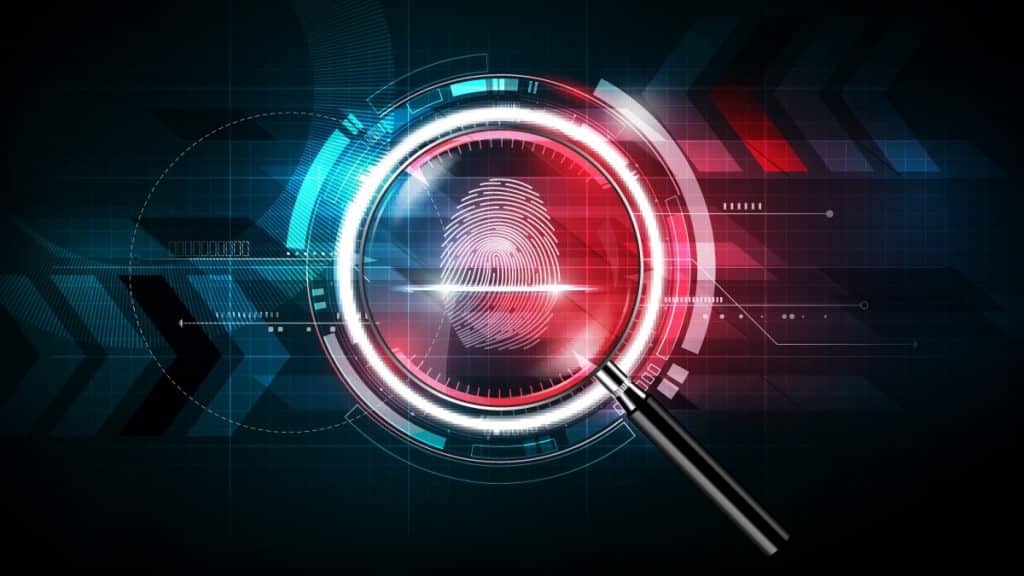The integration of technology in criminal justice has revolutionized how law enforcement agencies operate. From forensic science to predictive policing, technology enhances accuracy and efficiency in criminal investigations. Advancements like DNA analysis and digital forensics allow for quicker resolutions and more reliable evidence.
Smart policing tools, including drones and body-worn cameras, contribute to greater transparency and accountability. These innovations also help in the proactive prevention of crime, ensuring that officers are well-equipped to respond to various situations.
Technological Advances in Law Enforcement
Recent technological innovations have vastly improved various facets of law enforcement, leading to more effective crime prevention, investigation, and resolution.
Surveillance and Monitoring
Modern surveillance systems incorporate advanced cameras, drones, and facial recognition technology. High-definition cameras capture clear images, aiding in the identification of suspects. Drones provide aerial views, assisting in large event monitoring and remote area surveillance. Facial recognition systems help match faces against criminal databases, increasing arrest rates.
Digital Forensics
Digital forensics plays a crucial role in solving cybercrimes and examining electronic devices. Tools such as data recovery software, encryption breakers, and malware detection tools allow experts to retrieve and analyze digital evidence. This technology uncovers critical data from computers, smartphones, and network systems. Digital forensics is essential for uncovering digital activities and ties to criminal networks, impacting areas like fraud investigation and cyber-attacks.
Data Analysis and Predictive Policing
Data analysis and predictive policing utilize Big Data and AI algorithms to anticipate criminal activities. By analyzing historical crime data, patterns and trends are identified, helping to predict where crimes are likely to occur. Law enforcement agencies use these insights to allocate resources strategically. Predictive policing aids in reducing crime rates by enabling preemptive actions based on data-driven predictions.
Technology in Courtrooms

Technology has transformed courtrooms, enhancing efficiency, accessibility, and accuracy. Key areas include electronic records, virtual proceedings, and tools for jurors and witnesses.
Electronic Court Records
Electronic court records streamline the storage and retrieval of legal documents. Digital files replace physical paper, reducing clutter and loss. Additionally, these records allow for quick searches using keywords or specific criteria. Law firms, judges, and attorneys benefit from instant access, which speeds up case management. Security features like encryption ensure data protection. Pros include less storage space, faster access, and improved organization. Challenges can involve initial setup costs and the need for robust cybersecurity measures.
Virtual Court Proceedings
Virtual court proceedings enable remote participation in legal hearings. Utilizing video conferencing tools, parties can attend from different locations, reducing travel time and costs. Benefits include increased accessibility and convenience. Challenges involve ensuring all parties have proper technology and managing potential technical difficulties. Secure platforms are essential to maintain confidentiality and integrity during these proceedings.
Juror and Witness Technologies
Technological tools assist jurors and witnesses during trials. Electronic evidence presentation allows for clearer, more comprehensible displays of information. Interactive screens and digital exhibits help jurors analyze facts more efficiently. Remote witness testimonies can be given via secure video links, aiding those unable to attend in person. Advantages include higher engagement and better understanding of cases. Considerations must be given to ensuring the technology works flawlessly and all participants are comfortable using it.
Correctional Facility Innovations
Recent advancements have significantly enhanced the monitoring and rehabilitation of inmates within correctional facilities. These technologies aim to increase both security and opportunities for rehabilitation and education.
Offender Tracking Systems
Offender tracking systems use GPS and RFID technologies to monitor the movements of inmates both inside and outside correctional facilities. These systems enhance security by providing real-time data on the location of inmates. Facilities equipped with advanced tracking systems can quickly respond to potential security breaches or incidents.
Many tracking systems also have integration with AI algorithms to predict and prevent potentially dangerous behaviors. By analyzing movement patterns and other behavioral data, these systems can provide alerts to corrections officers.
Inmate Education and Rehabilitation
Technological innovations have transformed education and rehabilitation programs. Modern correctional facilities use e-learning platforms and virtual classrooms to offer inmates access to a wide range of educational opportunities, from GED programs to college courses. This access to education aims to reduce recidivism rates by providing inmates with the skills needed for successful reintegration into society.
Rehabilitation efforts also utilize VR (Virtual Reality) for therapy sessions and simulations. These technologies help inmates develop critical life skills and coping mechanisms. Programs focused on mental health and substance abuse rehabilitation are particularly impactful, often including partnerships with organizations like DUI Lawyer Orlando to provide specialized support.
Challenges and Ethical Considerations
Incorporating technology in criminal justice presents both opportunities and obstacles. Balancing between effective law enforcement and safeguarding civil rights remains a central concern.
Privacy and Civil Liberties
The use of technology such as surveillance cameras, facial recognition, and data analytics can improve safety. However, these tools may infringe on privacy rights.
Surveillance tools gather vast amounts of data. Misuse or overuse can lead to unwarranted intrusions.
Facial recognition has sparked debates. It can misidentify individuals, leading to wrongful accusations or arrests.
Ensuring data security is essential. Breaches can expose sensitive information, causing potential harm to individuals.
Bias and Reliability of Technology
Algorithmic biases and the reliability of technological tools are critical issues.
Algorithms used in predictive policing or risk assessments can reflect existing societal biases. These biases can result in unfair targeting of minority communities.
Technological limitations can cause errors. For instance, facial recognition systems may have higher error rates for people of color.
Ensuring transparency in technology deployment is essential. Users should understand how and why decisions are made.
Continual updates and audits of these technologies are necessary to maintain accuracy and fairness.
Regulation and Oversight
Technological advancements in criminal justice require robust regulation and oversight. Legal frameworks must keep pace with technological changes. Lagging regulations can lead to ethical dilemmas and misuse. Independent oversight bodies can monitor the use of these technologies. They can ensure compliance with legal and ethical standards.
Regular training and education for law enforcement agencies can prevent misuse and enhance understanding. Public input and transparency in policymaking can enhance trust and accountability.
